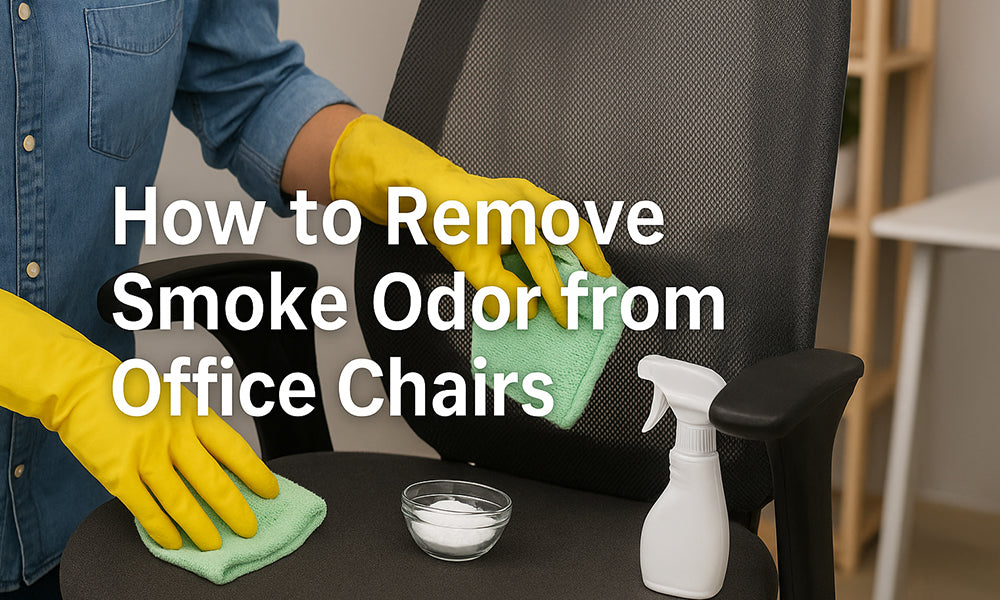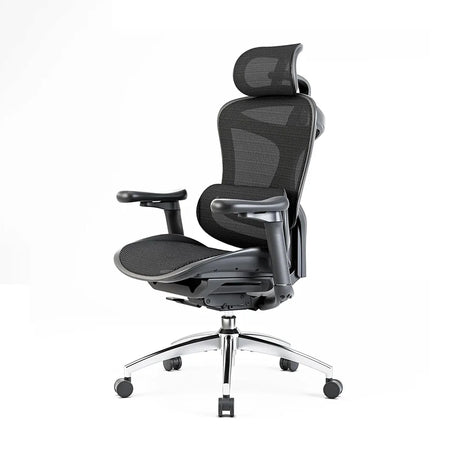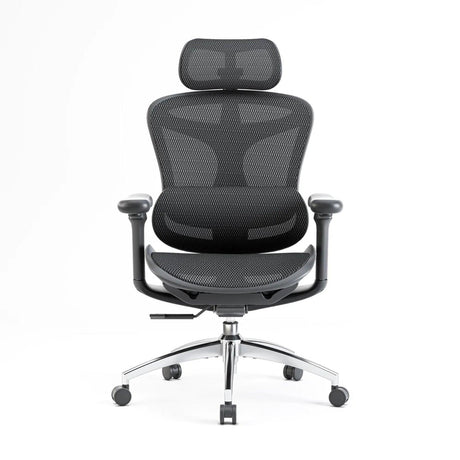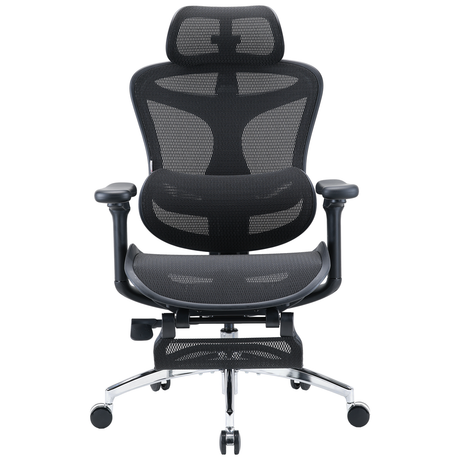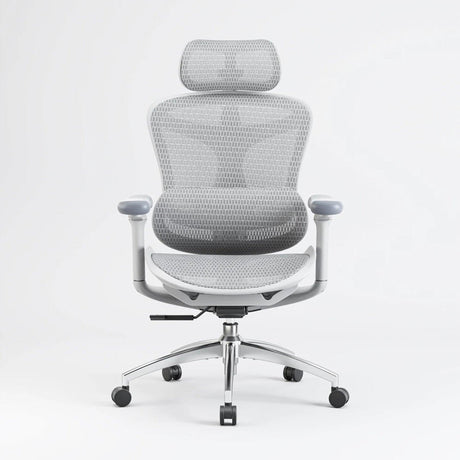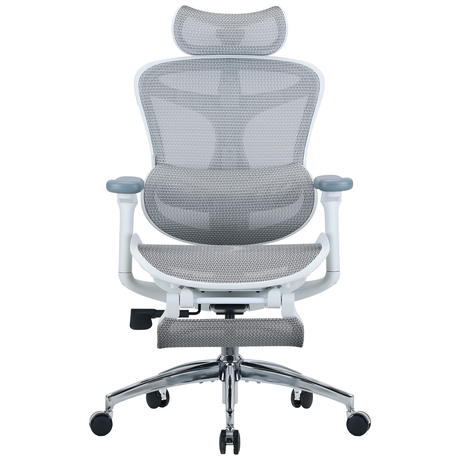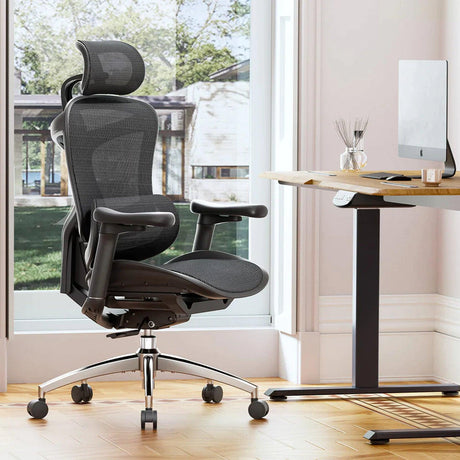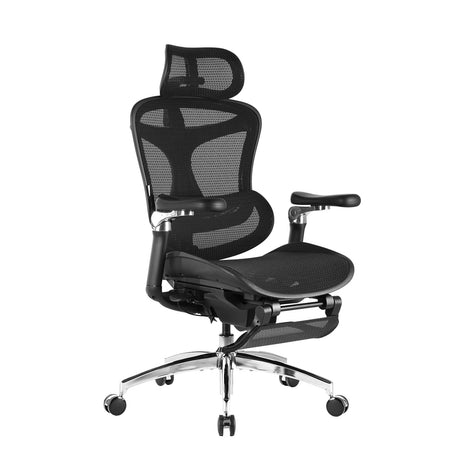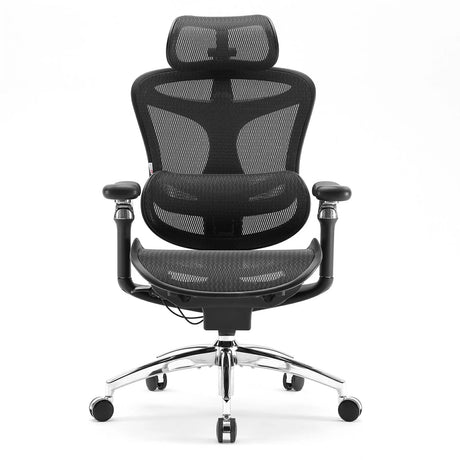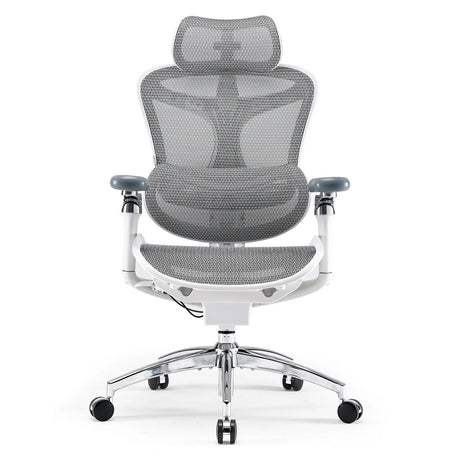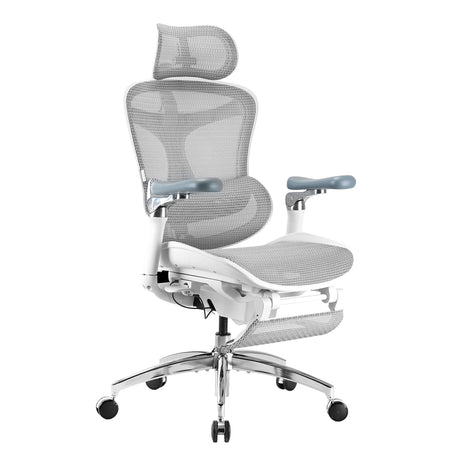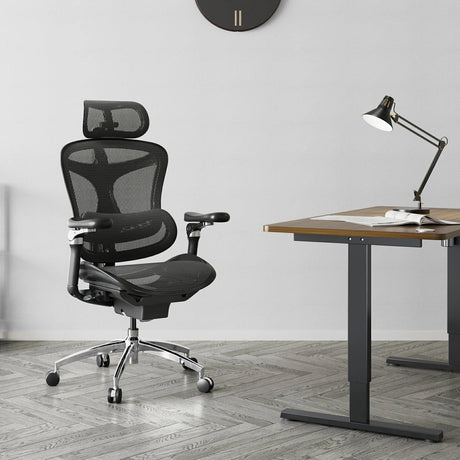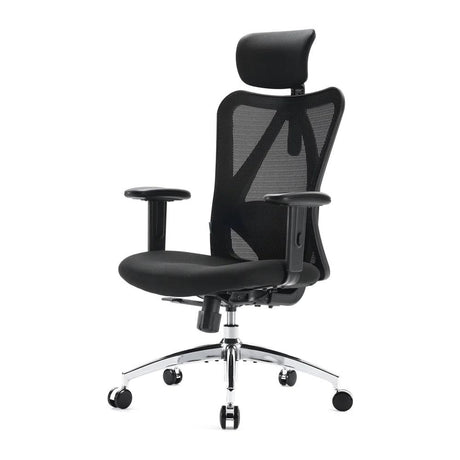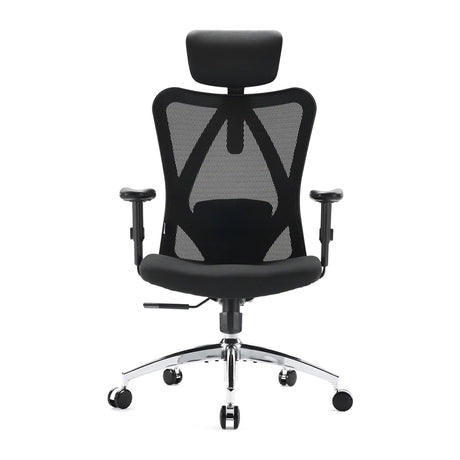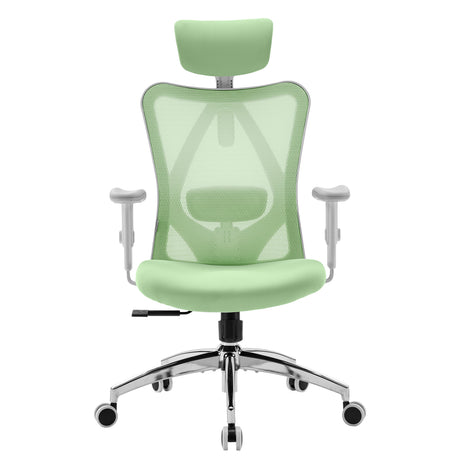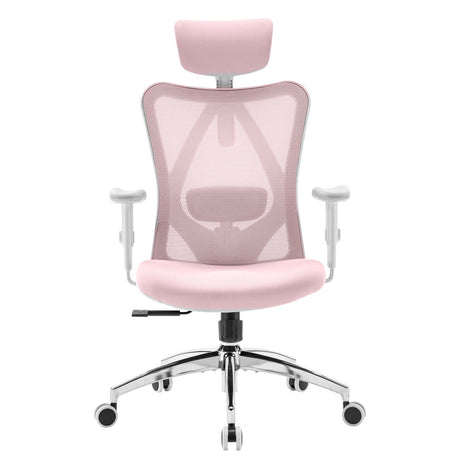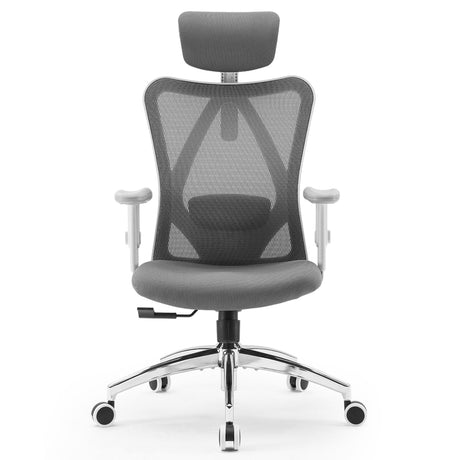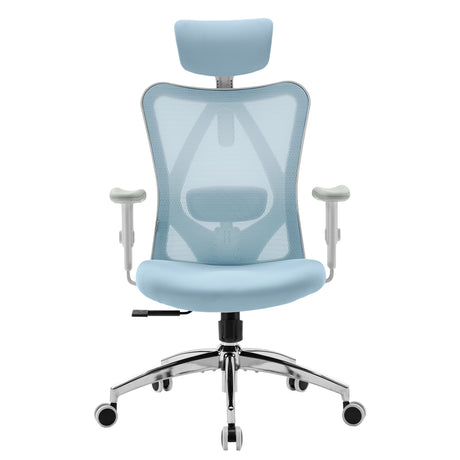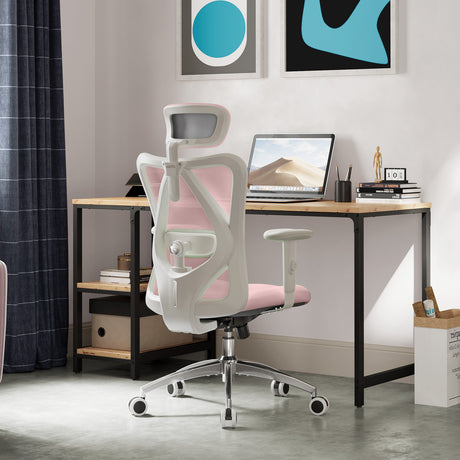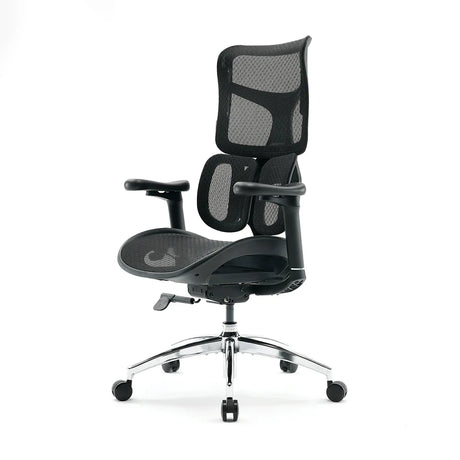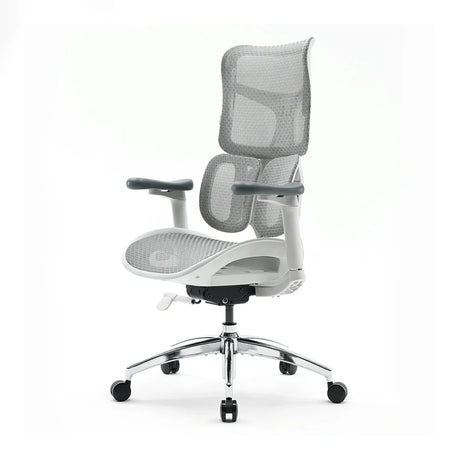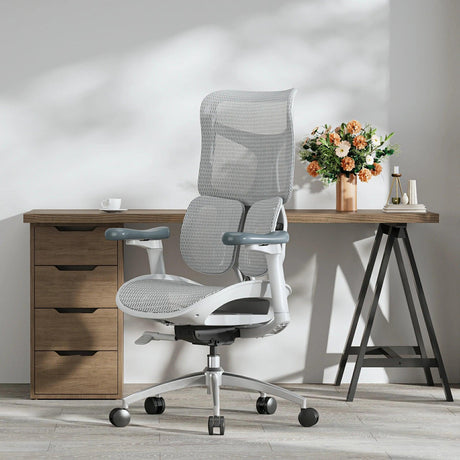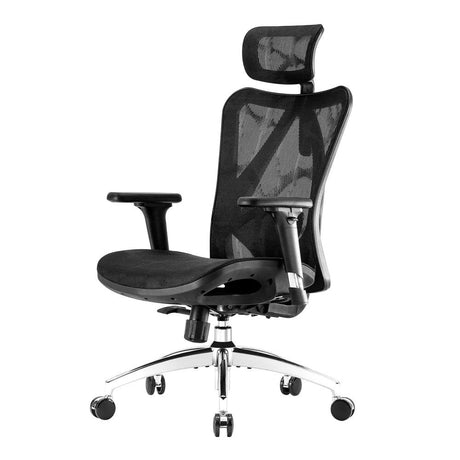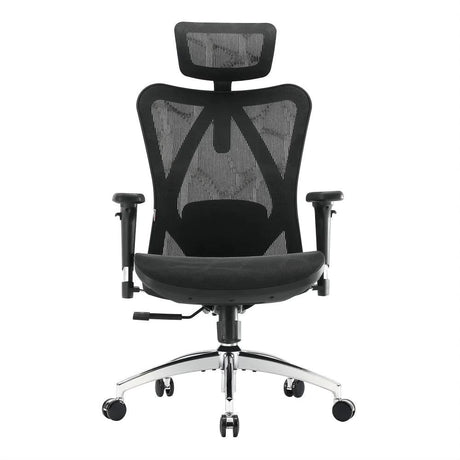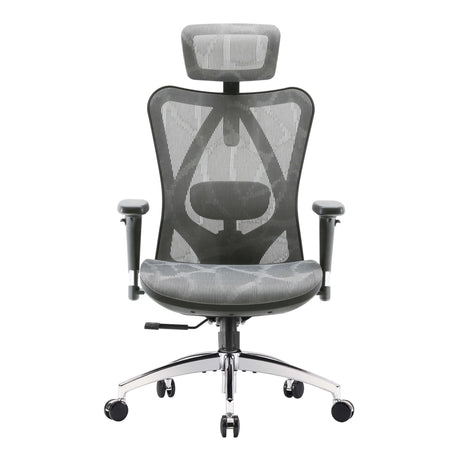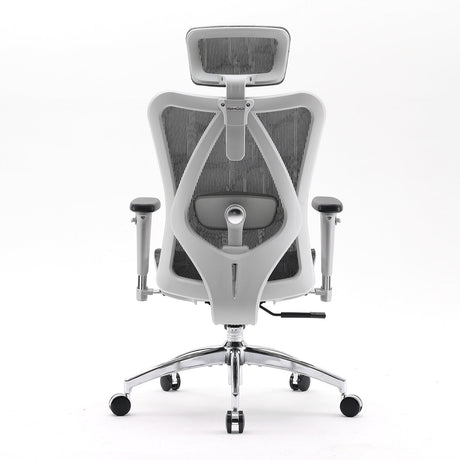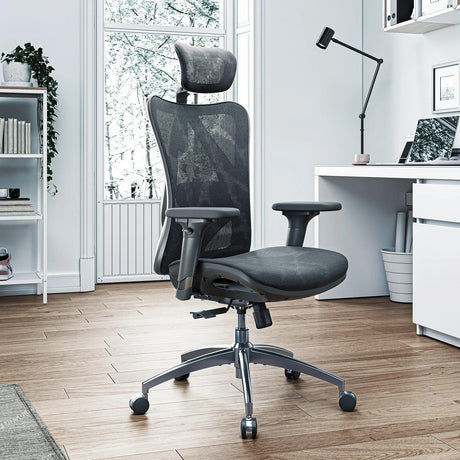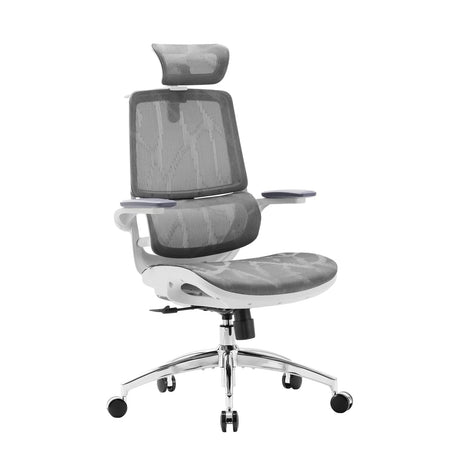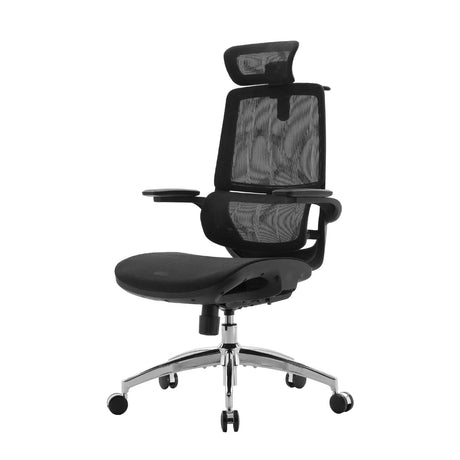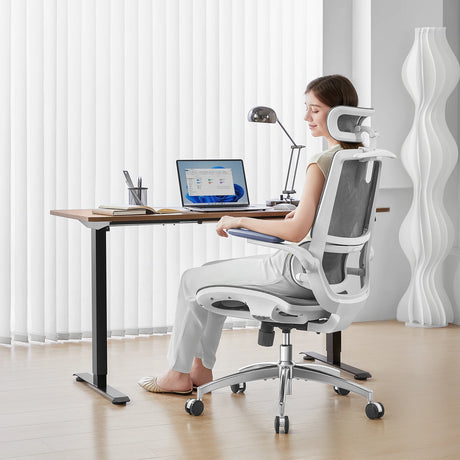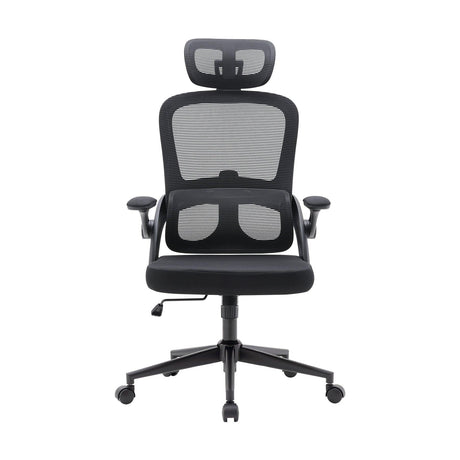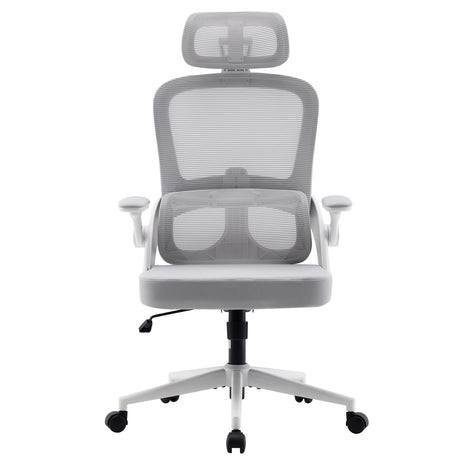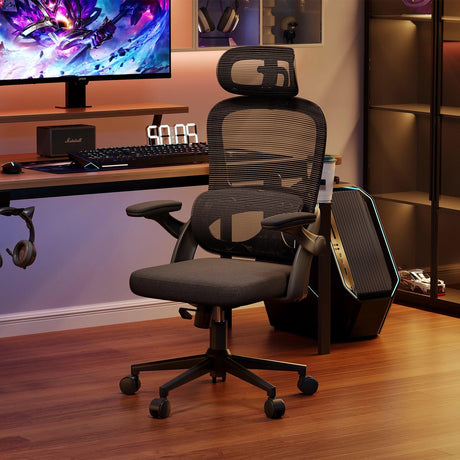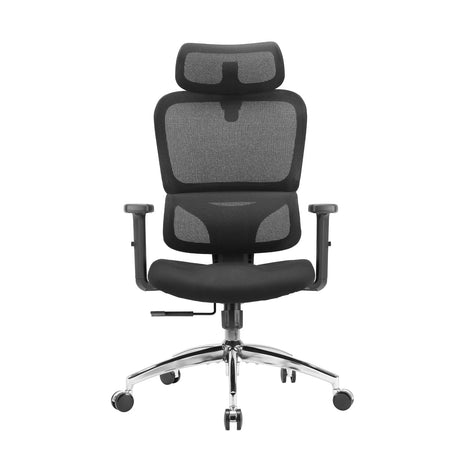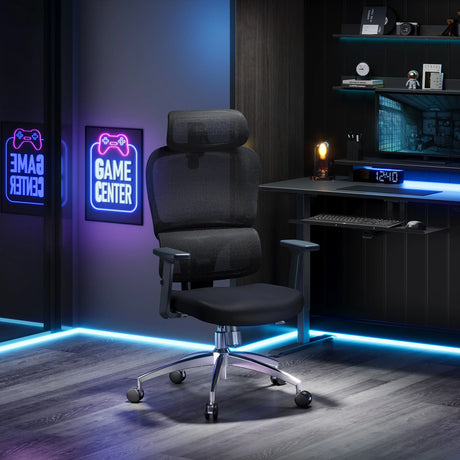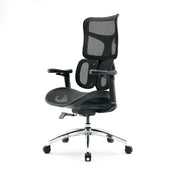Few things can make an office feel less inviting than the lingering smell of smoke. Whether it’s from cigarettes, a nearby fire, or even a burnt kitchen mishap, smoke odor tends to cling to fabric, mesh, and foam materials—especially in office chairs. The challenge lies in the fact that smoke particles are microscopic and can easily embed themselves deep into the porous surfaces of upholstery and padding.
For those who work long hours sitting at their desks, a smoke-affected chair isn’t just unpleasant—it can also affect focus, comfort, and even perceived professionalism when clients visit your workspace. Fortunately, removing smoke odor from office chairs is not impossible. With the right techniques, materials, and consistency, you can completely eliminate the smell and restore freshness to your workspace.
In this guide, we’ll cover why smoke odor sticks, step-by-step methods for removal, what products to use, DIY and professional cleaning options, and preventive tips to keep your office environment smelling clean and healthy.
Why Smoke Odor Lingers in Office Chairs
To remove smoke odor effectively, it helps to understand why it’s so stubborn in the first place. Smoke contains a mixture of microscopic particles, tar, and chemicals that adhere to surfaces. When someone smokes indoors—or when smoke travels into a room—it doesn’t just stay in the air. It binds to fabrics, plastics, and even metal frames over time.
Common Reasons Smoke Odor Persists:
- Porous materials: Fabric, mesh, and foam absorb and trap odor molecules deeply.
- Inadequate ventilation: Limited air circulation causes the smoke to stay concentrated.
- Long-term exposure: Chairs in smoking environments for months or years accumulate layers of residue.
- Residue buildup: Even if the air smells clear, tar and nicotine residues remain on the surface and continue emitting odor.
In short, eliminating smoke smell isn’t just about masking it—it’s about removing both surface and deep-seated contaminants.
Step-by-Step Guide: How to Remove Smoke Odor from Office Chairs
Step 1: Identify the Chair Material
Before you begin, determine the type of material your office chair is made of. Different cleaning methods work better for different materials:
- Fabric or mesh chairs: Require deeper cleaning and odor absorption methods.
- Leather or faux leather chairs: Need gentler cleaning agents to avoid damage.
- Plastic or metal components: Usually only need surface cleaning but can hold odor residues too.
Knowing your material helps you choose the right products and avoid damaging the upholstery.
Step 2: Vacuum Thoroughly
Start by vacuuming your office chair thoroughly using a HEPA-filter vacuum with an upholstery attachment. Pay special attention to seams, crevices, and under-seat areas where dust and odor particles collect.
Vacuuming removes loose residues and prevents them from spreading during the wet-cleaning process. For mesh or fabric chairs, it also helps lift some embedded smoke particles from the fibers.
Pro Tip: Sprinkle a small amount of baking soda on the fabric, let it sit for 15–30 minutes, and then vacuum it up to pre-neutralize odors.
Step 3: Clean the Fabric or Upholstery
Now it’s time to tackle the odor source directly. Depending on your chair’s material, use one of the following methods:
For Fabric or Mesh Chairs:
- Mix a cleaning solution of one part white vinegar to two parts warm water.
- Dampen (don’t soak) a microfiber cloth in the mixture and gently wipe all fabric areas.
- Avoid over-wetting—the goal is to lift residues without saturating the foam underneath.
- After wiping, allow the chair to air dry in a well-ventilated area or under a fan.
Vinegar is a natural deodorizer that neutralizes smoke molecules instead of simply covering them up.
For Leather or Faux Leather Chairs:
- Mix a small amount of mild dish soap with warm water.
- Wipe with a soft microfiber cloth and follow up with a clean, damp cloth to remove residue.
- Once dry, apply a leather conditioner to maintain the material’s texture and prevent cracking.
Avoid vinegar for leather—it can strip away oils and damage the surface finish.
Step 4: Use Baking Soda as a Natural Deodorizer
After cleaning, sprinkle a light layer of baking soda over the entire chair surface (especially the seat and backrest). Leave it for at least 8–12 hours, or overnight if possible.
Baking soda absorbs and neutralizes odors naturally without leaving chemical residues. Afterward, vacuum the powder completely.
This step is particularly effective for chairs that have absorbed smoke over a long period.
Step 5: Target the Foam Cushion (If Necessary)
If the smell persists even after surface cleaning, the odor may be trapped deep inside the foam. This requires a bit more work:
- Remove the seat cushion (if detachable).
- Lightly spray a vinegar-water mix (1:3) or a fabric-safe enzyme cleaner on the foam surface.
- Allow it to air dry completely in sunlight or in a dry, ventilated area.
Sunlight helps break down odor-causing molecules and kills bacteria naturally. Never use heat dryers or place the foam directly under harsh sunlight for too long, as it can deform the material.
Step 6: Clean Non-Fabric Parts
Don’t forget about the rest of the chair. Armrests, bases, wheels, and adjustment levers also collect smoke residue.
- Wipe down plastic, metal, or wood parts with a mixture of vinegar and water (1:1 ratio).
- For stubborn residues, a few drops of isopropyl alcohol can help.
- Finish with a clean damp cloth and dry completely.
Removing residue from these parts prevents the smoke smell from re-emerging after the chair has been cleaned.

Step 7: Use Odor Neutralizers
Once your chair is clean and dry, apply a fabric-safe odor eliminator or enzyme-based spray (like Febreze Professional or an ozone-safe deodorizer). These sprays break down odor molecules at the molecular level instead of covering them with fragrance.
Alternatively, you can use activated charcoal bags or odor absorber pouches placed near or under the chair for ongoing freshness.
Step 8: Air Out and Ventilate
Finally, give your office space good airflow. Place the chair near a window, balcony, or open area for at least 24 hours. Fresh air and sunlight accelerate the neutralization process.
If possible, run an air purifier with an activated carbon filter in the room. This not only eliminates any lingering odor but also helps prevent smoke particles from settling again.
Additional Tips for Persistent Smoke Odor
If the smoke smell remains even after thorough cleaning, try one of the following:
- Steam Cleaning: A handheld steam cleaner can penetrate fabric fibers and kill odor molecules more effectively than surface wiping.
- Professional Upholstery Cleaning: For high-end ergonomic chairs or severe smoke exposure, hiring professionals ensures deep extraction without damage.
- Ozone Treatment: Ozone generators are used by restoration companies to completely neutralize smoke odors. This should be handled by professionals since improper use can be hazardous.
- Replace Foam Padding: In extreme cases (especially after fire damage or years of smoking exposure), replacing the seat cushion foam may be the only permanent solution.
How to Prevent Smoke Odor from Returning
- Avoid smoking near the chair: Even occasional smoke exposure can undo your cleaning efforts.
- Maintain regular cleaning: Wipe and vacuum your chair weekly to prevent buildup.
- Use air purifiers: Keeps your workspace fresh and removes airborne particles.
- Keep windows open periodically: Fresh air circulation reduces odor retention.
- Use natural deodorizers: Charcoal bags, coffee grounds, or citrus peels near your workspace absorb lingering smells.
Consistent maintenance is far easier (and cheaper) than another deep clean later.
When to Replace an Office Chair
If your chair continues to emit smoke odor after multiple cleaning attempts, it may be time to consider replacement—especially if the smell has deeply saturated the foam or frame.
For professionals working long hours, investing in a new ergonomic chair not only removes the odor issue but also enhances comfort and posture support. Modern chairs with breathable mesh materials (like those from brands such as Sihoo, Herman Miller, or Steelcase) are more resistant to odor buildup and easier to maintain long-term.
FAQs About Removing Smoke Odor from Office Chairs
1. Can I use vinegar directly on fabric chairs?
Yes, but always dilute it with water (1 part vinegar to 2 parts water) and test it on a hidden spot first. Undiluted vinegar can discolor certain fabrics.
2. How long does it take to remove the smoke smell completely?
It depends on the severity. Light odors may disappear within a few hours, while deeply embedded smells might take several days or repeated treatments.
3. Will baking soda damage my chair?
No. Baking soda is safe for most materials and highly effective at absorbing odors. Just make sure to vacuum it thoroughly afterward.
4. What if my chair has memory foam padding?
Use minimal moisture and let it air dry completely. Avoid over-wetting memory foam—it retains water easily and can develop mold if not dried properly.
5. Can I use perfume or air fresheners to cover the smell?
Avoid masking odors. Air fresheners only provide temporary relief and can mix with smoke residue to create an unpleasant, chemical scent.
6. Is ozone cleaning safe for DIY use?
Ozone can be harmful if not used correctly. It’s best left to professionals who can safely operate ozone machines in controlled environments.
7. What’s the best long-term strategy to prevent smoke odor?
Combine regular chair maintenance with good room ventilation, smoke-free policies, and the use of air purifiers or odor absorbers.
Conclusion
Removing smoke odor from office chairs requires patience, the right techniques, and consistency. From vacuuming and vinegar cleaning to baking soda treatments and proper ventilation, each step contributes to eliminating the problem at its source—not just covering it up.
While it may take a few attempts to fully neutralize deep-seated smoke odors, the result is worth it: a cleaner, fresher, and more professional workspace that enhances productivity and comfort. And for those who’ve tried everything without success, it may be a good time to invest in a new ergonomic chair designed with odor-resistant materials for a truly fresh start.
